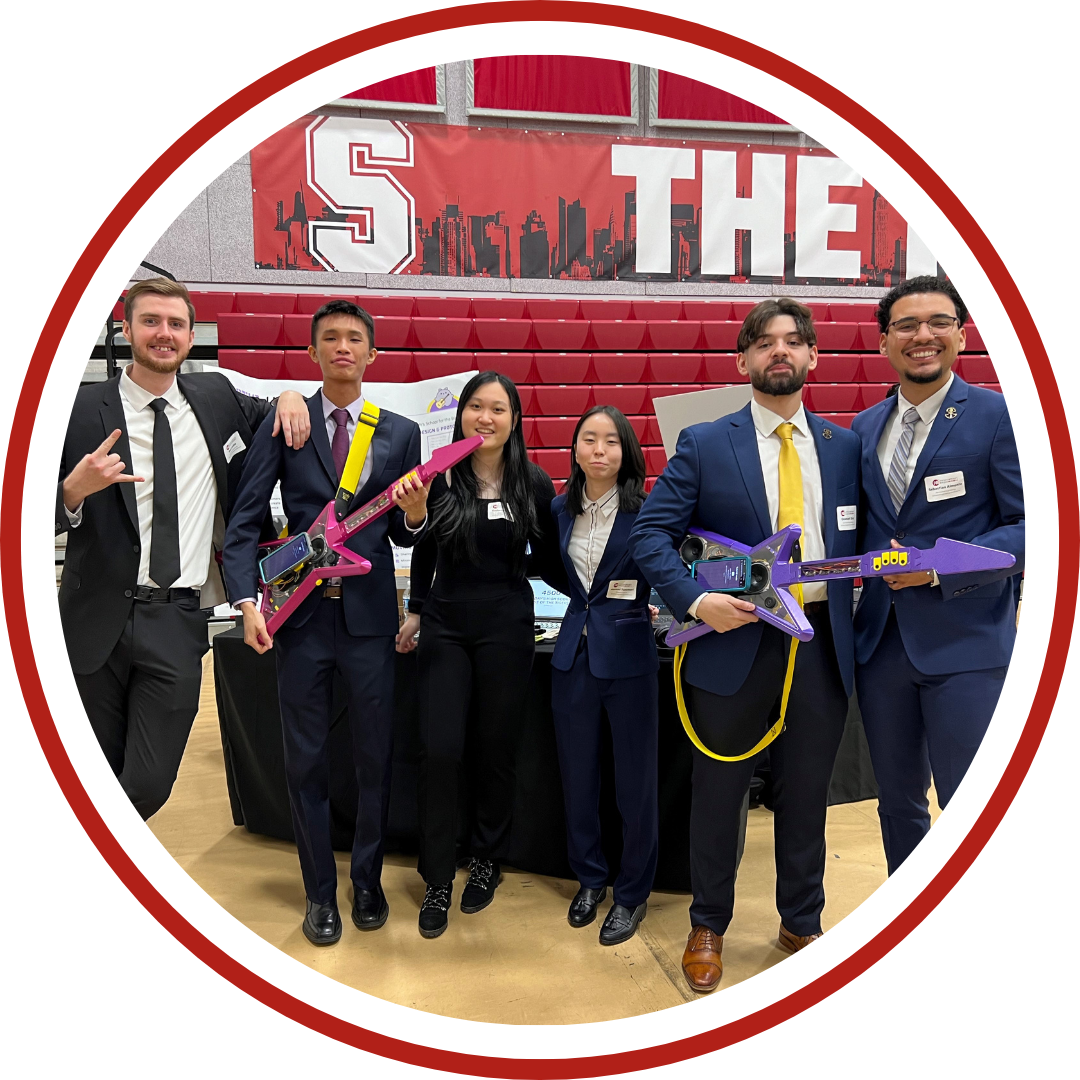Date: Thursday, August 22, 2024
Category: General

This month RESNA spoke with Richard He who is part of team Haptic Hero, winners of the 2024 Student Design Challenge. The student team from Stevens Institute of Technology in New Jersey received a $1,000 cash prize funded by the Joey Wallace Scholarship Fund.
How did you first become interested in the world of rehabilitation engineering and assistive technology?
I first became interested in assistive technology (AT) through a week-long collaboration between Saint Joseph’s School for the Blind and the Mountain Lakes Public Library Makerspace. We developed a prototype version of physical scratch blocks to introduce the students at Saint Joseph’s to introductory programming and 3D design concepts. Seeing how there were limited alternatives for capable students and others for these subjects made me realize that it was a problem that needed solving.
What drives your passion for AT?
As a passionate engineer, I believe I have the skills to solve problems and improve people's lives by developing AT. Although I wasn’t sure what problems I would be solving after graduation, I found that AT is a field that aligns with my desire to make the world better for everyone.
What new opportunities has RESNA given you as a student?
The RESNA Student Design Challenge (SDC) gave our project, Haptic Hero, a chance to reach more people than we could have imagined. This is very exciting, because despite only being a student project, we have the potential to make a meaningful impact.
How has RESNA given you experience in different areas of AT?
Currently, my experience with RESNA is primarily through the SDC. However, the SDC alone has already exposed me to many different AT projects, both high and low tech. This has shown me that any kind of innovation has a place within AT. The focus remains on creating solutions that are grounded and people-oriented, regardless of the challenge.
What advice would you give for anyone trying to get more involved with RESNA?
Our team heard about the RESNA SDC entirely by chance from a connection we made during one of our team trips. If you are currently part of a student project that is AT oriented, absolutely check out the RESNA SDC! It is a great way to be exposed to the field of AT.
What inspired you to create Haptic Hero?
During my collaboration with Saint Joseph’s, I noticed that there was a lack of accessible recreational options for students. As someone who enjoys video games, I felt that this was a need that had to be addressed. After gathering feedback from members of the visually impaired community, our team settled on the concept of a music-based rhythm game. This turned into Haptic Hero, a game that aims to bring everyone together through the enjoyment of music!
How has RESNA helped prepare you for a career in AT?
RESNA has reinforced my understanding that success in AT depends on getting feedback from potential end users from the very start. Always keep an open mind when working on tools for others.
How has RESNA helped you achieve your goals?
Our team’s goal is to bring Haptic Hero to a wider audience, making it playable by anyone. RESNA has helped us realize that a recreation-focused project has the potential to make a huge impact by making gaming a more universal experience. After our experience with RESNA, we are more motivated than ever to develop Haptic Hero beyond the capstone project it started as.